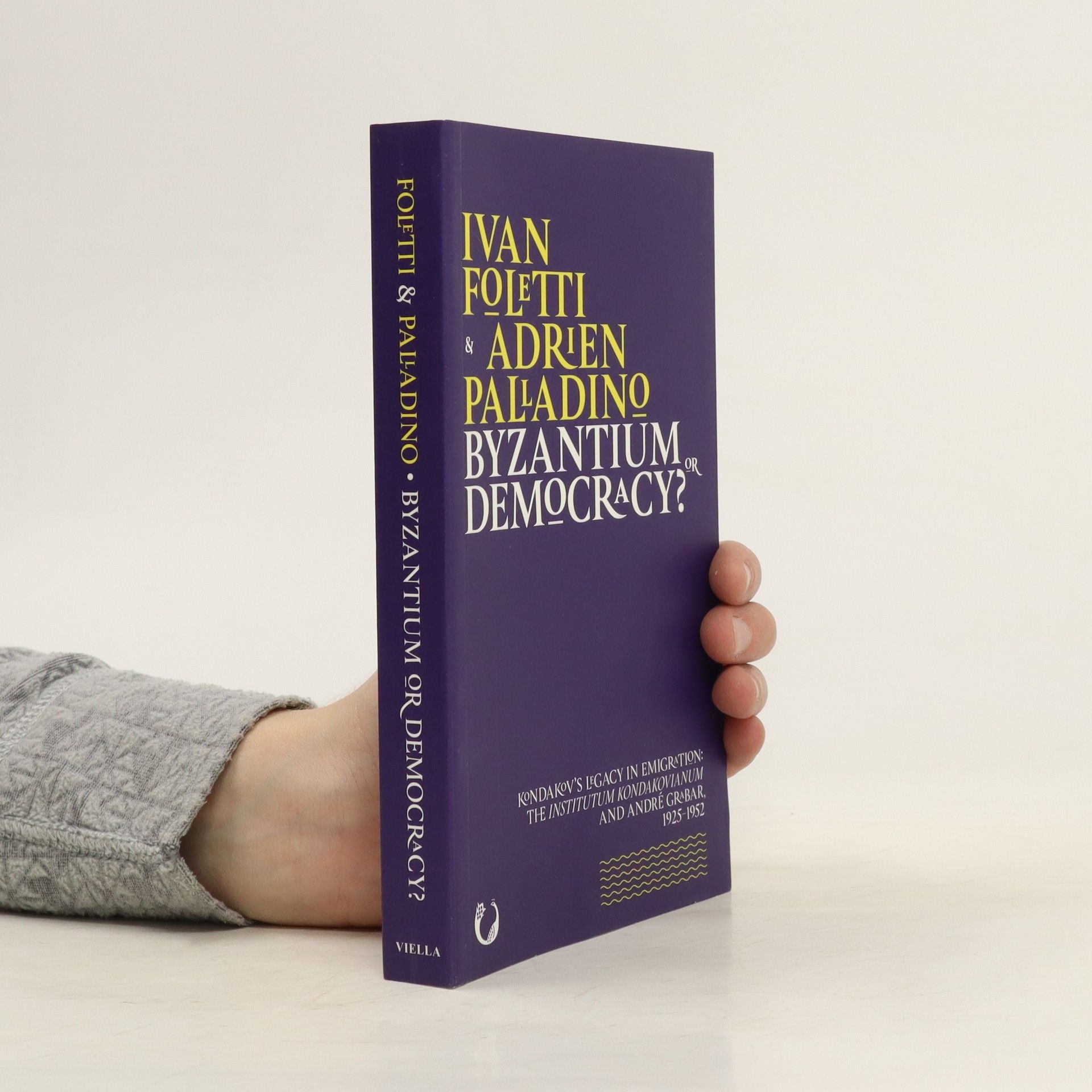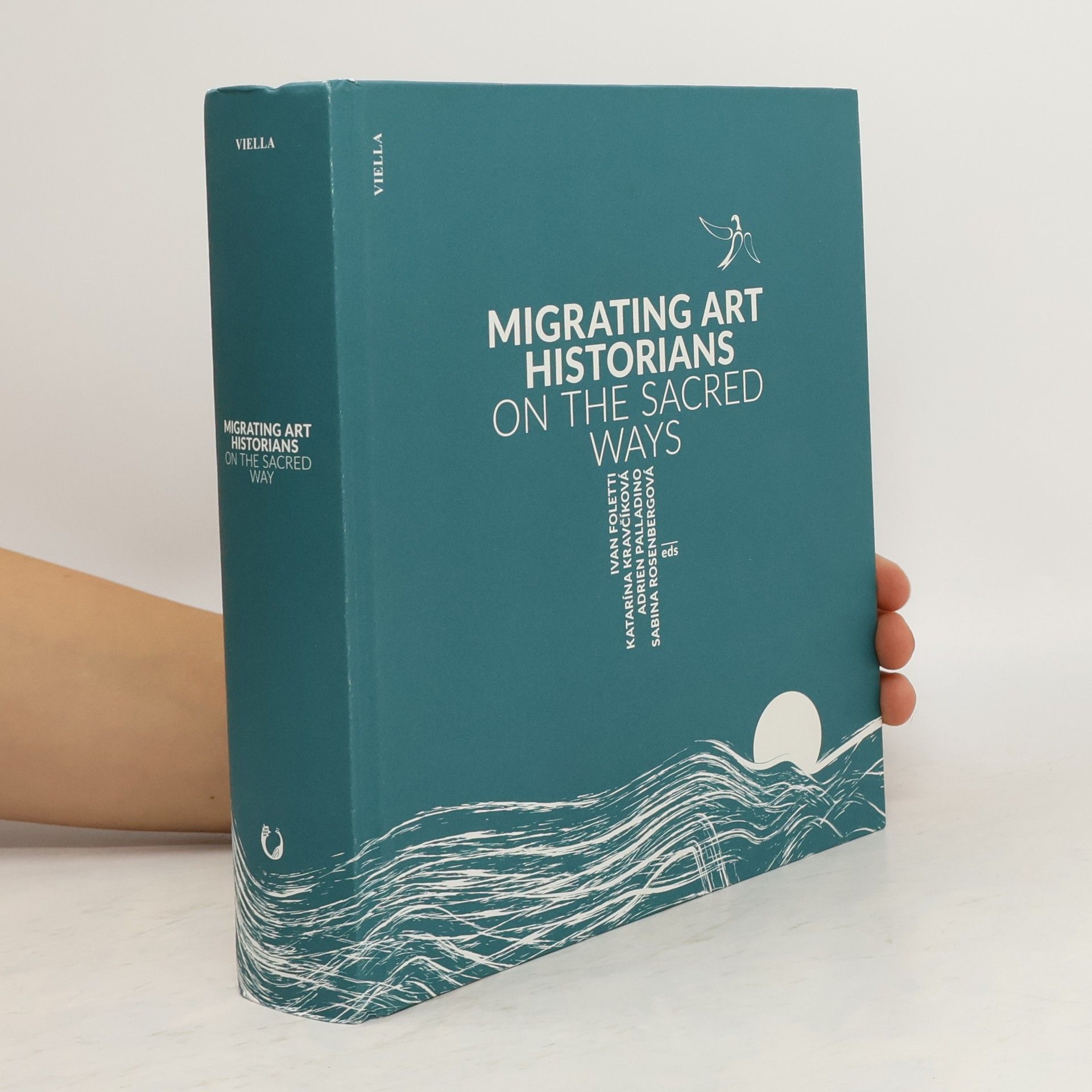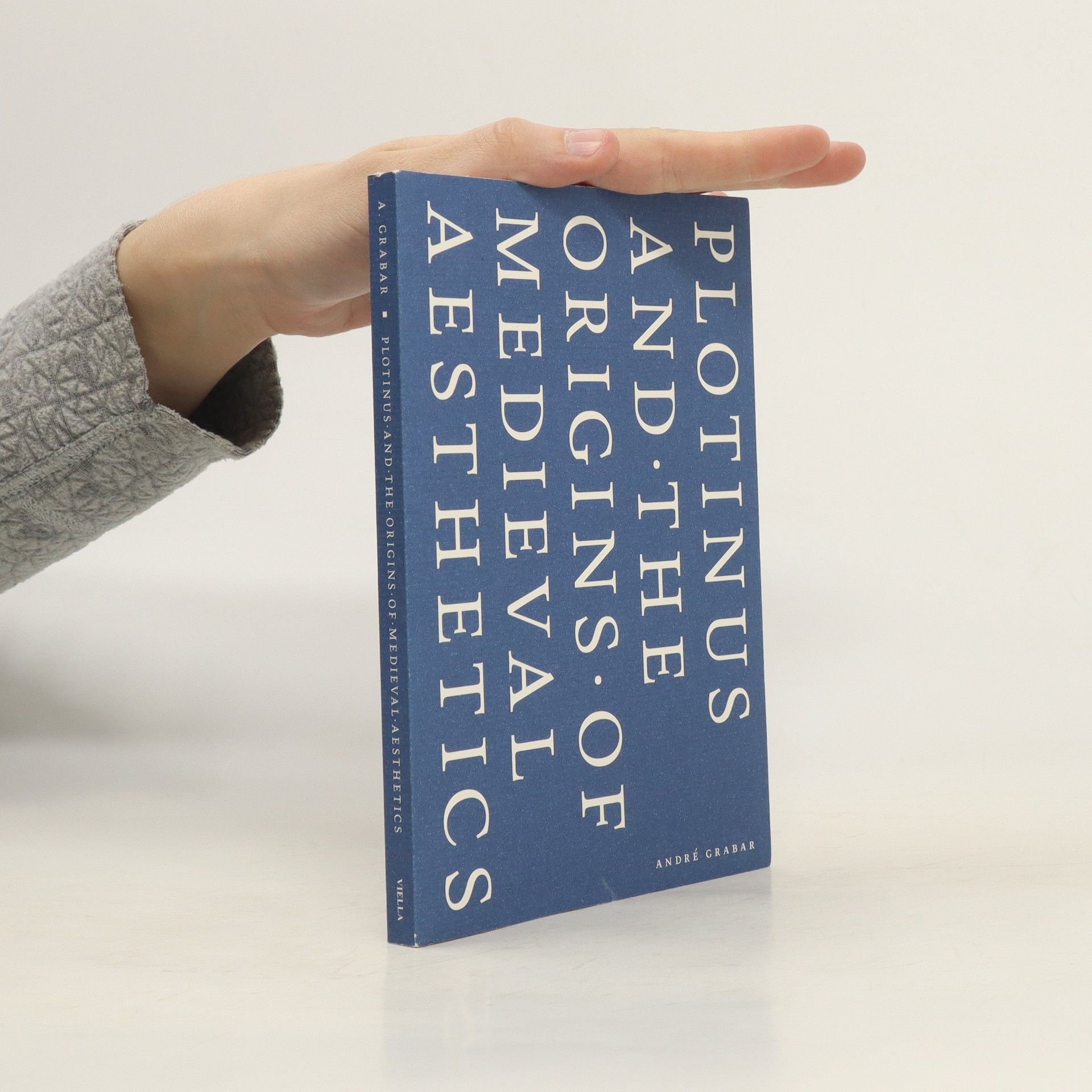Plotinus and the Origins of Medieval Aesthetics, an iconic essay of byzantinist Andrâe Grabar, first published in 1945 in French, is here presented to the reader for the first time translated in English. It is preceded by an historiographical introduction by Adrien Palladino, presenting the genesis of the text, replacing it within the opus of the scholar, and assessing its relevance within the new horizons of the field of art history.
Adrien Palladino Libros






Is it possible to "invent" the past? Through a series of studies, this volume explores the history of how this process occurred in Czechoslovakia within the period from about the end of the First World War until the 1960s. It focuses specifically on the re-invention of the "national" Middle Ages at the background of the meeting of different linguistic and ethnic groups - Czechs, Slovaks, Germans, and Russians - where one group would often negate, reshape, and ignore the point of view of the other, within an increasingly fractured political geography of the country. The presented case studies show how research on medieval artworks and objects could become a fertile ground for the creation of ideological tools and narratives. In this way, understanding the historiography of art history also contributes to redefining Central Europe as a place of transcultural encounters and dialogues, beyond historical ruptures.
Migrating art historians on the sacred ways
- 467 páginas
- 17 horas de lectura
Is it possible to reconstruct the feeling of a medieval pilgrim walking towards the sacred? No, it is not. And yet, the experimental project Migrating Art Historians sought to delve into this impossibility. Journeying by foot over more than 1500km, twelve modern pilgrims - students and scholars from Masaryk University - reached some of the most impressive artistic monuments of medieval France. One year later, this book presents their intellectual, human, and art historical theoretical know-how, transformed by the experience of their bodies. In this context, exhausted and activated bodies became instruments asking new questions to medieval artworks and sources. Structured as a walk along pilgrimage routes, this book presents firstly the landscape, followed by liminal zones, before leading the reader inside medieval churches and ultimately towards the sacred. Original scientific art historical research combines with personal engagement. What emerges is the subject confronted with the experience of medieval art.
The notion of "Byzantium" has for centuries been associated with autocracy, totalitarianism, and suppression of freedom. It thus became the favored model for the Russian autocracy. In the nineteenth-century, Russian scholars working under Tsarist regimes were, either explicitly or tacitly, condoning and even supporting the ruling autocracy. After the Revolution of 1917, however, many of these effectively complicit intellectuals left Russia for Western democracies. This book shows how this experience affected the lives of intellectuals who fled and transformed their scholarship. Archival materials and writings from the time reveal how scholarship can move from aspiration to reality, as it did for the Russian emigres until the crash of 1929 and the rise of Nazism in Germany. But how is this relevant today? Because it shows how scholarship and science must be understood as part of history, and because it illustrates the power of hope. As studied and presented by emigres from Tsarist totalitarianism, "Byzantium" came to be a multinational screen onto which scholars projected not only frustrations but also dreams.
Tato krátká knížka určená pro širší veřejnost se zaměřuje na jeden z nejdůležitějších artefaktů středověkého světa, zlatou sochu-relikviář svaté Foy ve francouzském Conques. Knížka je rozdělena do čtyř tematických kapitol, které představují jak historický a legendární původ kultu svaté Foy, tak materiální dějiny a transformace tohoto pozoruhodného předmětu, přičemž vyzdvihuje jeho výjimečnou roli ve vývoji středověkého liturgického sochařství.